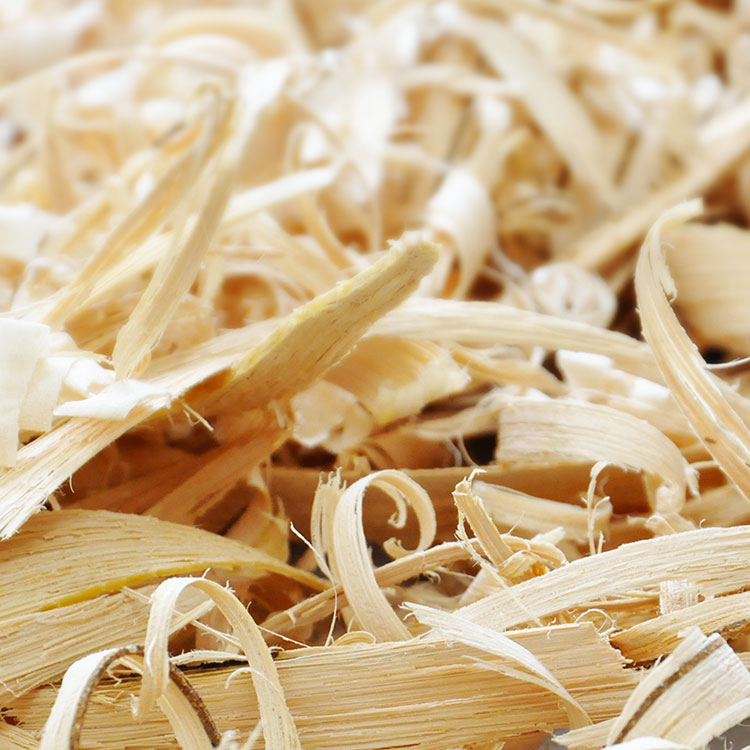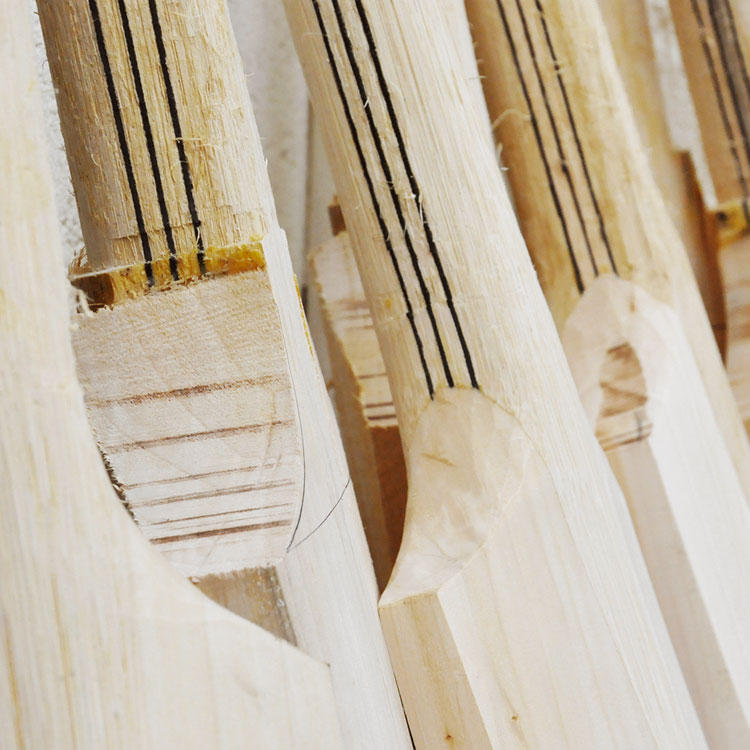CRICKET BAT MAINTENANCE
Understanding Your Bat
A cricket bat is either made from English Willow (Salix Ceraelea), Kashmir Willow or Alternative Willow which in its natural state are soft fibrous reeds. As such it requires preparation before it can be used to strike a cricket ball.
All bats are pressed during production. This pressing gives a degree of conditioning and also enhances the ‘drive’ (or power) of the bat. Kookaburra cricket bats are custom pressed, which means that our bat maker will assess each cleft and determine how much pressure must be used to optimise drive and durability for that particular piece of willow.
‘Knocking in’ is additionally required and a very important part of cricket bat preparation, with a minimum of 6 hours recommended. During this time, new cricket bats are repeatedly struck using either a wooden mallet or an old ball to enhance durability and promote ‘drive’.
Ensure a high level of cricket bat protection by keeping your cricket bat in a cover and safely in your cricket bag when not being used.
During its lifespan, all cricket bats will crack given that a natural piece of wood is struck repeatedly by a fast moving object. It may be worth considering to either use fibreglass tape on the edges of the bat or an ‘Armour Tec’ facing which is a quality anti scuff sheet with cricket fibreglass tape down both sides to ensure maximum cricket bat protection for the face and edges.
If you need assistance selecting the right Junior or Senior cricket bat, view our Guide to Choosing a Cricket Bat.
Bat Preparation
Cricket bats are made of natural willow and like all natural materials, it is to be expected that the condition of the bat over time will deteriorate during its usage.
Irrespective of brand or finish of a bat, superficial face and edge marks will almost certainly appear, together with indentations or bruising of the natural willow. This happens especially when 'poly type' coverings have been used, when the covering (a man-made material) does not react in exactly the same manner as willow (a natural fibre). In these circumstances there is no need to worry or be concerned as the durability and performance of the bat will be unaffected.
Almost all bats returned to us by concerned players are not the result of defects in either the materials or manufacture but are part of the natural wear and tear process of the natural willow.
If you are in doubt, please contact us before returning your new cricket bat. Maintenance could save you unnecessary postage, inconvenience and time.




